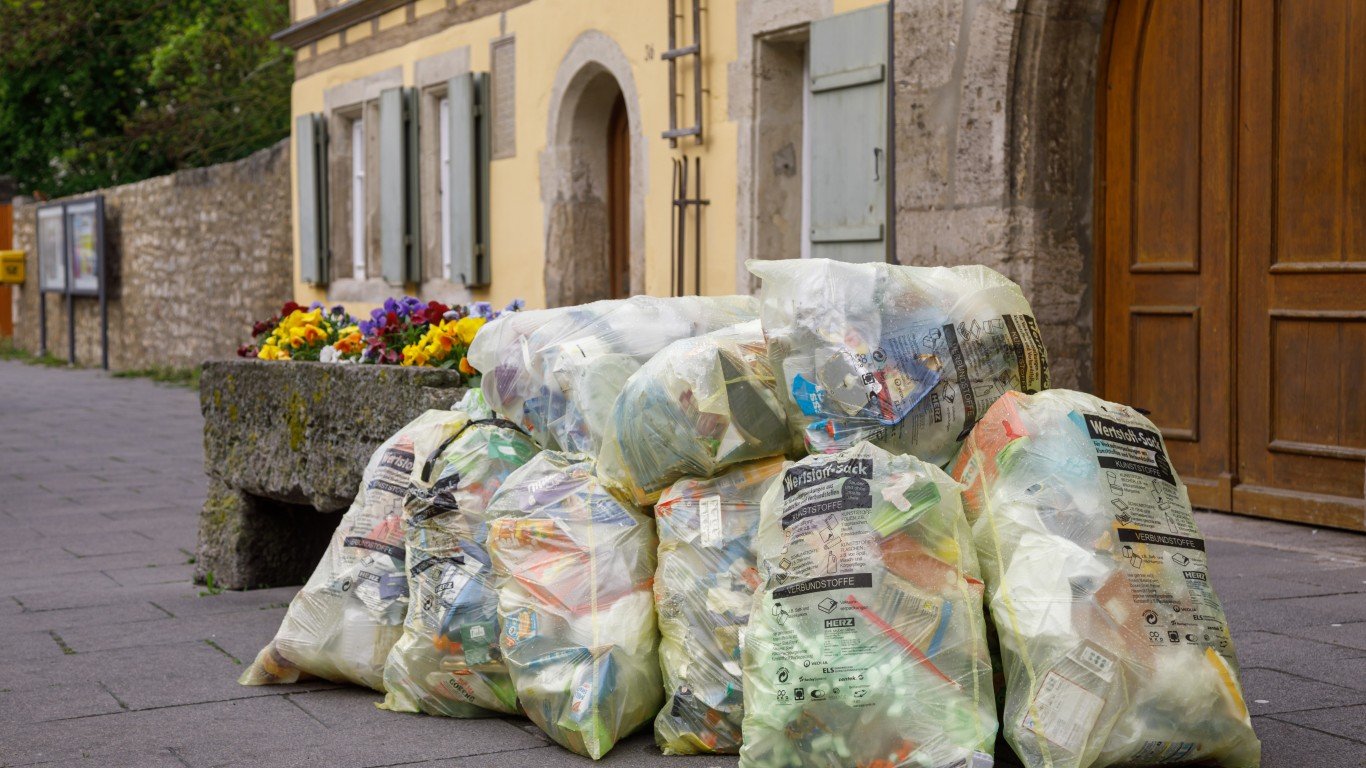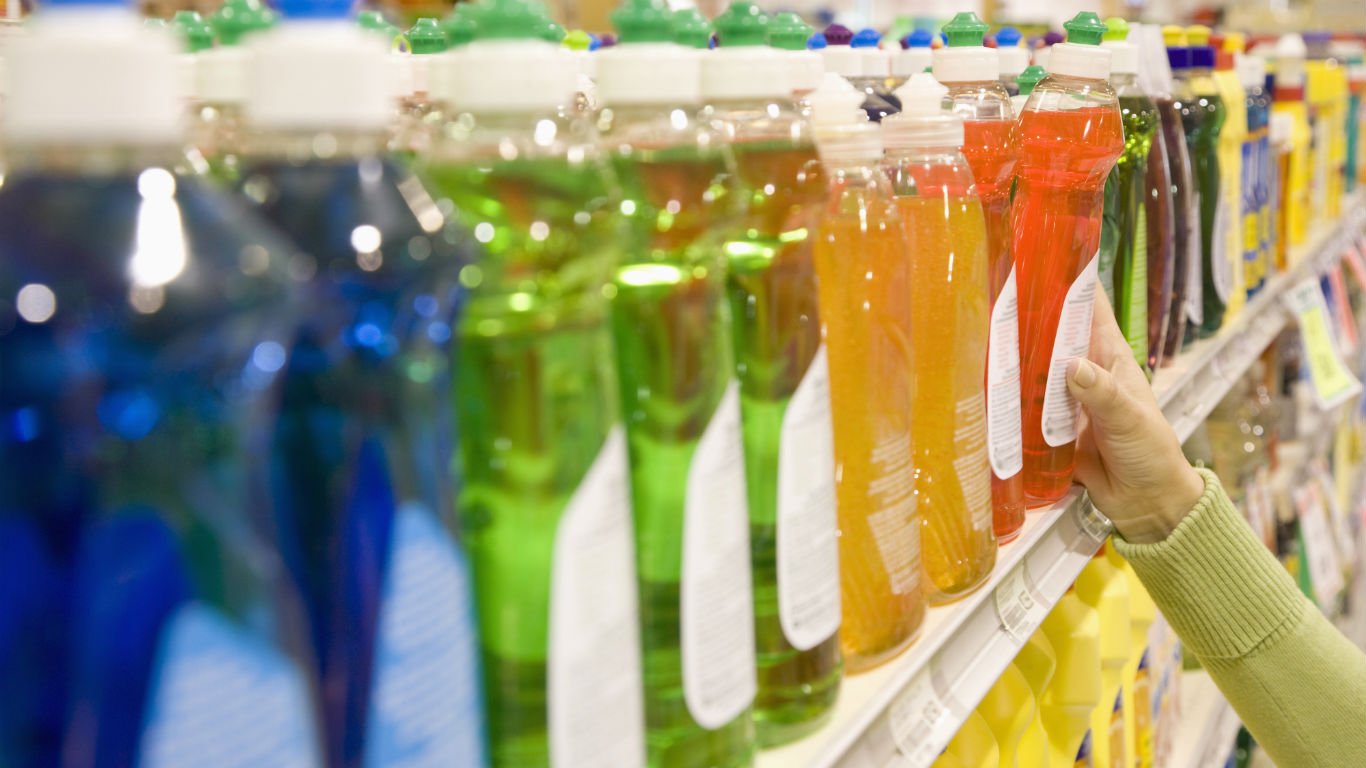

The world is awash in plastic, primarily for two reasons. The first is that plastics are used in so many products. The other is that it can take centuries, or longer, to break down in the environment. Plastic will simply not go away.
Plastic does get recycled, one means to keep it “useful” instead of being dumped into the environment. Some of this recycling happens when people give plastic back to manufacturers as part of their garbage. The other is the reuse of plastic in the home. There are lists of literally hundreds of things people can do with plastic bottles, cases, and wraps.
Plastics cover a wide range of synthetic polymeric materials (a substance with large molecules) and associated additives made from petrochemical, natural gas, or biologically based feedstocks with thermoplastic, thermoset, or elastomeric properties. You’ll find plastics in everything from packaging, building and construction materials, household and sports equipment, as well as vehicles, electronics, and agriculture.
Excess plastic becomes waste when the product is, intentionally or unintentionally, taken out of use and is entered into a waste stream as part of a waste management process or released into the environment.
Plastic waste in the environment is typically characterized according to size. Plastic waste is part of solid waste, which is defined as any residential, commercial, and institutional refuse. Solid waste excludes any discarded industrial, medical, hazardous, electronic, and construction and demolition materials.
Despite recycling efforts, not much plastic gets reused or repurposed in the U.S. In 2018, about 3 million tons were recycled for an 8.7% recycling rate, the EPA estimates. However, some items, such as PET (polyethylene terephthalate) bottles and jars and HDPE (high-density polyethylene) natural bottles each had a nearly 30% recycling rate. So at least we’re recycling some plastic items.
To find the country the generates the most plastic waste, 24/7 Wall St. reviewed “Reckoning with the U.S. Role in Global Ocean Plastic Waste” (2021), a study published by The National Academies Press. Countries are ranked by annual plastic waste generation (in kilograms) per capita.
Of the 20 countries and one region reviewed, the U.S. generated the most plastic waste in 2016. U.S. plastic waste generation totaled 42 million metric tons, or 130.9 kg (288.6 pounds) per capita. China and India generated about half as much total plastic waste for a much lower per capita figure.
The U.S. also generates the most waste in total, at 4.5 to 6 pounds per person per day. That’s two to eight times more than many other countries. The U.S. generated over 320 million tons in total waste, about 100 million tons more than China and 43 million tons more than India. Collectively, the EU-28 generated nearly 244 million tons of waste.
Click here to read Countries That Generate the Most Plastic Waste
Take This Retirement Quiz To Get Matched With An Advisor Now (Sponsored)
Are you ready for retirement? Planning for retirement can be overwhelming, that’s why it could be a good idea to speak to a fiduciary financial advisor about your goals today.
Start by taking this retirement quiz right here from SmartAsset that will match you with up to 3 financial advisors that serve your area and beyond in 5 minutes. Smart Asset is now matching over 50,000 people a month.
Click here now to get started.
Thank you for reading! Have some feedback for us?
Contact the 24/7 Wall St. editorial team.



